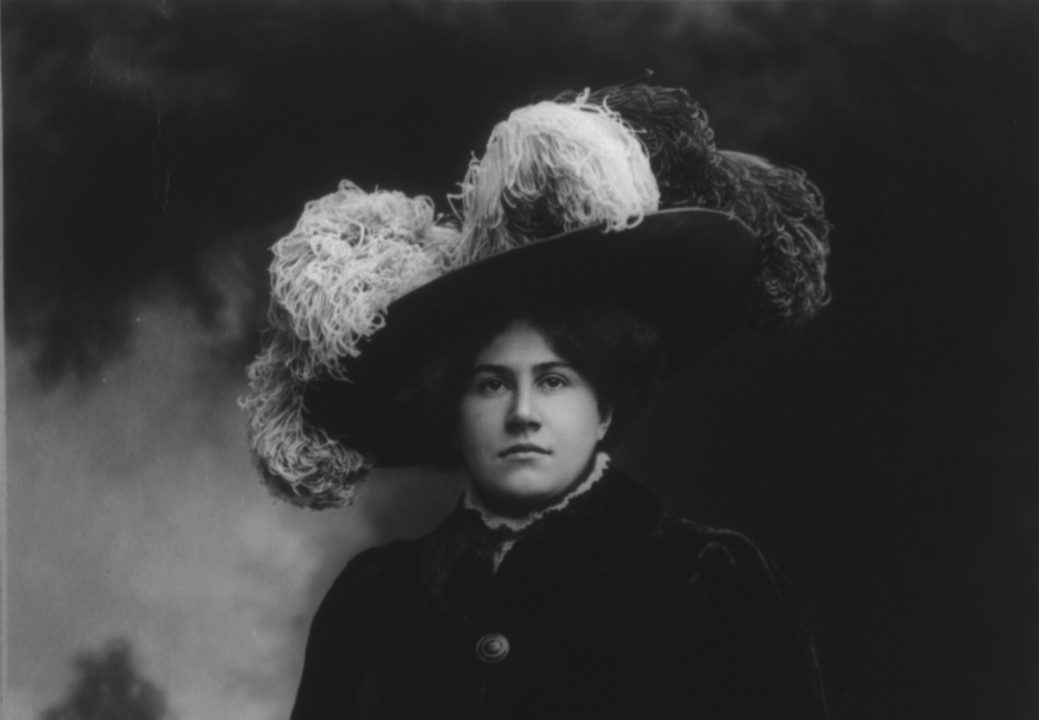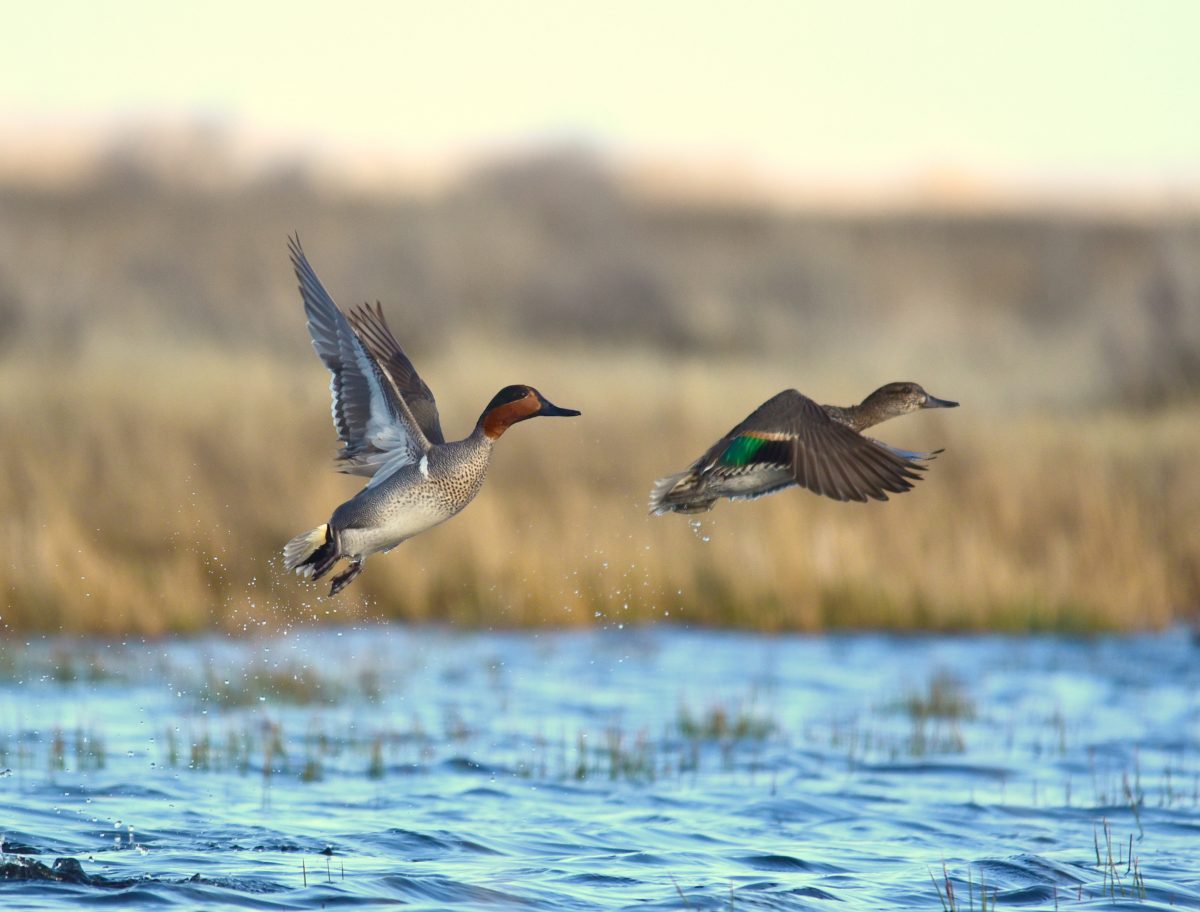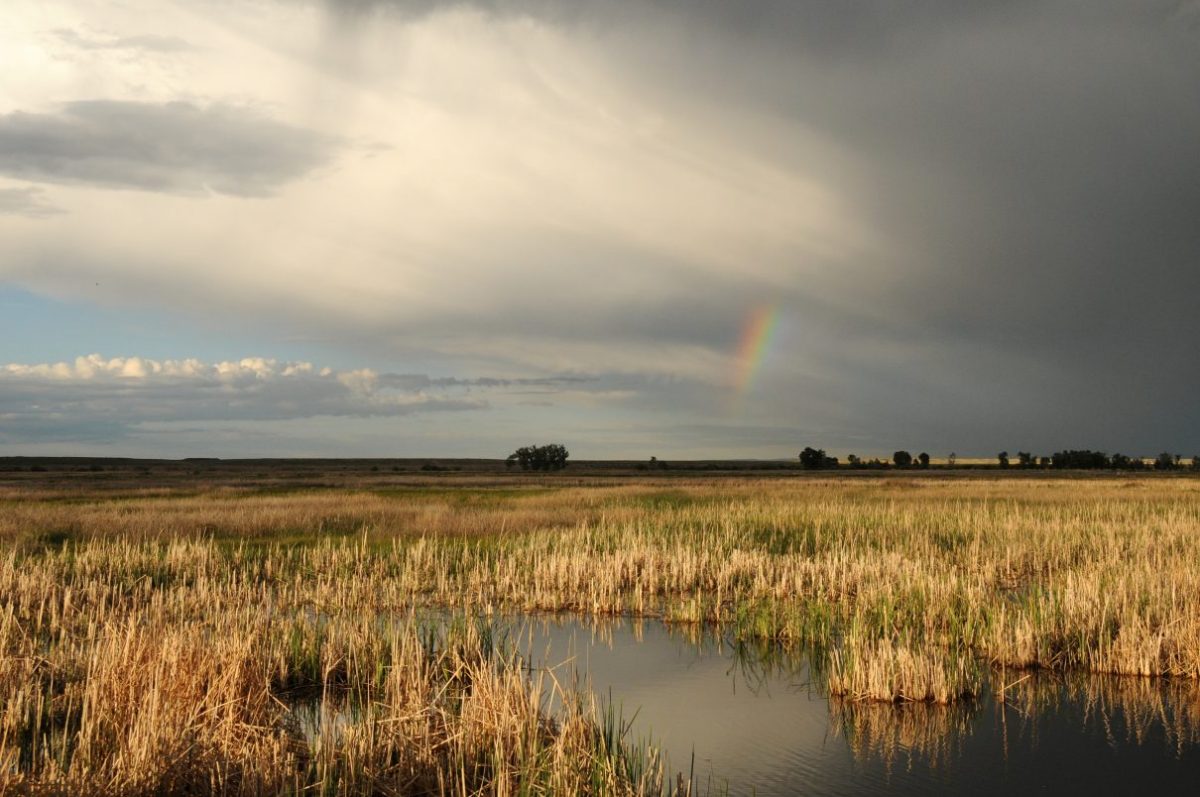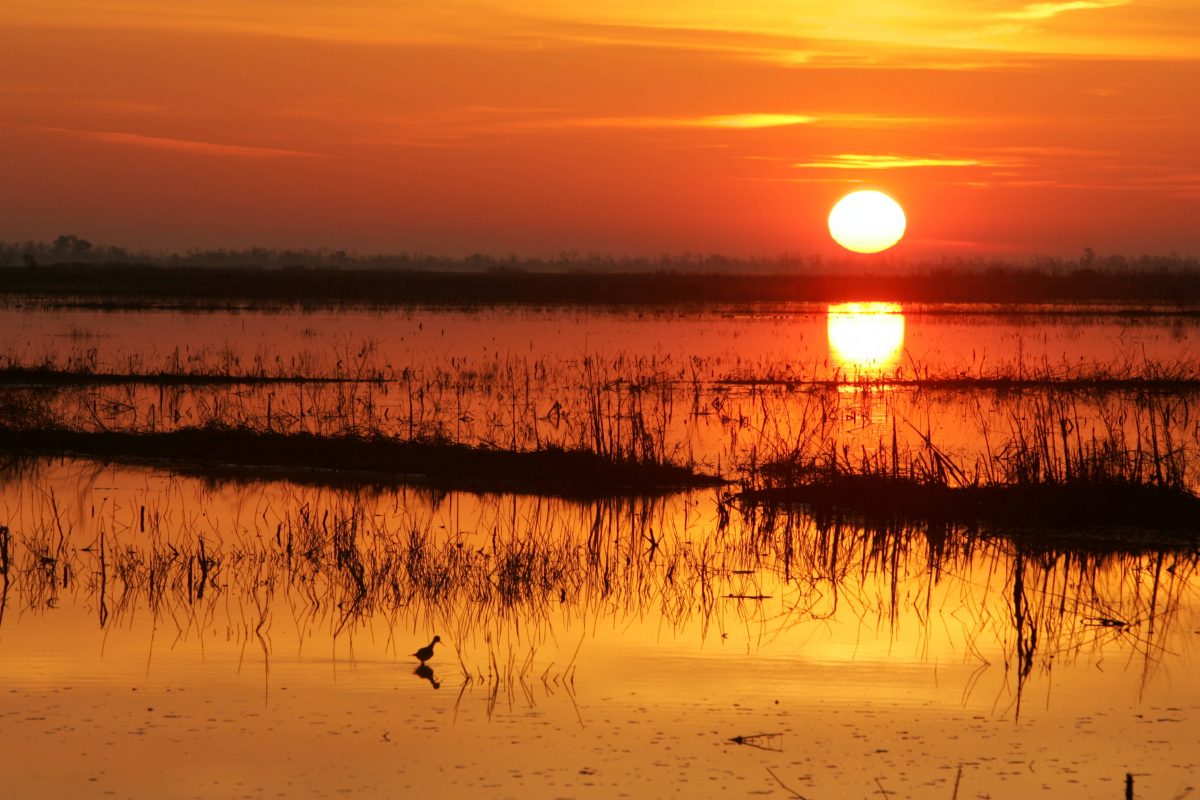When President Theodore Roosevelt created what would become the first in a system of national wildlife refuges at Florida’s Pelican Island in 1903, it was in response to consumers’ demand for the latest fashion trend. By the end of the 19th century, women’s desire for plume hats had led market hunters, hoping to cash in on the fad, to decimate many bird species — including herons, egrets, spoonbills and others — along Florida’s east coast.
A hunter himself, Roosevelt saw the need to establish places and regulations to protect birds and other species from this type of exploitation. During his presidency, he led the establishment of more than 50 national wildlife refuges in 17 states and territories.

“He recognized the importance of the hunter-conservationist and the key role of hunters in supporting the refuge system,” says Nick Wiley, chief operations officer at Ducks Unlimited, a nonprofit organization focused on wetlands and waterfowl conservation.
Today, the National Wildlife Refuge System includes more than 560 refuges and 38 wetland management districts that provide habitat for thousands of species, particularly migratory waterfowl. Administered by the U.S. Fish and Wildlife Service (FWS), the system’s mission is focused on “the conservation, management, and where appropriate, restoration of the fish, wildlife, and plant resources and their habitats … for the benefit of present and future generations of Americans,” according to the FWS website.
National wildlife refuges and national fish hatcheries have been critical in not just providing habitat for all species of bird, mammal and fish but also in ensuring access to hunting and fishing opportunities for the public. Currently, fishing is allowed at 270 of these refuges and 29 national fish hatcheries, and more than 370 refuges are open to the public for hunting.
Last week, Secretary of the Interior David Bernhardt announced the U.S. Department of Interior’s intention to expand access to such opportunities at 74 national wildlife refuges and 15 national fish hatcheries. The move has been praised by many in the hunting community as it has the potential to positively impact hunter recruitment, retention and reactivation (R3) efforts at a time when hunting participation is on a steep decline.
“Access always ranks at the top when we look at impediments to why people don’t hunt or why they stop hunting,” says Zachary E. Lowe, vice president of the Center for Conservation Leadership at the Max McGraw Wildlife Foundation. “Any opportunity that you make for additional people to get out and hunt, you are certainly having a positive impact in the R3 world.”
“The refuge system still has the purview as to what’s harvested and how. It’s not that they’re being opened up for just wonton killing of wildlife. This is a very regulated system.”
Lowe, who has worked with the refuge system over the years, acknowledges that there were “some missed opportunities” with regard to hunting and fishing within the system. But more than expanded access, he believes the most significant aspect of the Interior Department’s announcement is its focus on updating hunting and fishing regulations for refuges to more closely align with those of the states in which they are located.
“It can be a real challenge for people if they hunt the next property over and then they come onto the refuge and it has different regulations,” says Lowe. “When those regulations became overly restrictive, there was concern that was detering or preventing people from the resource or from engaging in the activities of hunting and fishing. So that’s what the mandate has said is that FWS seeks to be in closer alignment with the state regulations where possible, and I think that’s a really good thing.”
The Interior Department’s proposal would give individual land managers more leeway to open up new portions of refuges and fish hatcheries to hunting and fishing. However, these public lands — which are still managed by the federal government — can decide for themselves, based on biological needs, whether or not they will expand access to these opportunities and, if so, to what extent.
“The refuge system still has the purview as to what’s harvested and how,” says Lowe. “It’s not that they’re being opened up for just wonton killing of wildlife. This is a very regulated system and for select species that are found in abundance.” This concern over the future of wildlife is what drives much of the criticism of Secretary Bernhardt’s proposal to expand access to hunting in particular on these lands.
While the Interior Department’s proposal has been lauded by many conservation and hunting-focused groups including Ducks Unlimited, Backcountry Hunters & Anglers, the Congressional Sportsmen’s Foundation and Delta Waterfowl, others — largely those outside of the hunting community — have been critical of the move. Lowe attributes some of this criticism to poor communication on behalf of the wildlife community.
“We don’t necessarily do a good job within the wildlife profession of always communicating the how and why that a property has been made available to the public,” he says.

(photo by Tom Koerner/USFWS)
Some of the confusion around wildlife refuges comes down to semantics. Refuge, according to Merriam-Webster Dictionary, means “shelter or protection from danger or distress.” Yet, as counterintuitive as it may seem, hunting and angling have always played an important role in both the creation and management of national wildlife refuges.
As opposed to an assault on wildlife, hunting and angling serve as a mechanism to regulate species and protect them from ourselves.
“Hunting is incredibly regulated; that’s why we have licenses,” Lowe says. “That’s why we have game wardens. That’s why we have regulations. That’s why they have to check in at the front gate at the refuge, sign in and sign out, and document any take. So it’s something that happens under a pretty sharp biological lense.”
Wiley believes improving people’s understanding of the National Wildlife Refuge System and its mission comes down to a history lesson.
“Some people don’t understand the history of the refuge system and the huge role hunting and hunters played in the development and maintenance of the system,” says Wiley.
Much of this history goes back to the creation of the Federal Duck Stamp.
In an effort to stop the destruction of wetlands, which are vital for migratory waterfowl and other birds, President Franklin D. Roosevelt signed the Migratory Bird Hunting Stamp Act — also known as the Duck Stamp Act — in 1934. The legislation mandated that all waterfowl hunters ages 16 and older annually buy a Migratory Bird Hunting and Conservation Stamp, or Federal Duck Stamp.
For every stamp purchased, 98 cents from every dollar goes directly to the Migratory Bird Conservation Fund “to purchase or lease wetlands and wildlife habitat for inclusion in the National Wildlife Refuge System,” according to the FWS website. Since 1934, more than $1 billion has been raised to protect more than 5.7 million acres of habitat.
“There’s this unique history that much of the refuge system was bought by America’s sportsmen and women over the years,” says Lowe. “If you look at what that means since the mid-30s, when we began collecting that money, it adds up significantly.”
“[We] really do have to have a pretty well-informed system that allows the hunting of a species that hatched on the prairies of Canada, overwinters in the Gulf of Mexico, travels everywhere in between and fattens up in the Farm Belt on its way back up north.”
The program is often credited with being one of the greatest conservation success stories, partially because in addition to raising funds directly from hunters, the stamp can be purchased by anyone — and is often by collectors — and essentially provides an annual “pass” to the 31 national wildlife refuges that charge an entrance fee.
In addition to duck stamps, the purchase of licenses and permits for the hunting of other species as well as funding from the Pittman-Robertson and Dingell-Johnson acts — which instituted excise taxes on hunting and fishing equipment — are responsible for approximately 60 percent of funding for state wildlife agencies, according to NPR. While these monies largely go toward the conservation of game species and their habitat, they subsequently benefit non-game species as well.
Considering hunters’ and anglers’ contributions to these lands, it makes sense that they should have access to them, Lowe says.
“I’m hard pressed to see where there’s a big downside to [the Interior Department’s proposal], particularly when these lands were originally purchased with dollars from — for the most part — hunters and anglers. It’s a good way to perpetuate that system of conservation, and all wildlife benefit from that system.”
Wiley agrees, noting that hunting and angling are critical to this process.
“This is all part of the fabric of our model of conservation in this country,” he says. “So continuing to provide opportunities and access and continuing to look for ways to give hunters opportunities to hunt on refuges is a critical part of this whole process and really keeps the system working.”

(photo by Tom Koerner/USFWS)
The system or model that Lowe and Wiley refer to is known as the North American Model of Conservation, which is comprised of seven pillars — the first of which is the concept that wildlife are held in a public trust (i.e., owned by the people).
Another tenent of this model is the idea that wildlife are a shared international resource. “[We] really do have to have a pretty well-informed system that allows the hunting of a species that hatched on the prairies of Canada, overwinters in the Gulf of Mexico, travels everywhere in between and fattens up in the Farm Belt on its way back up north,” says Lowe.
And wildlife refuges play an integral role in the migration of such species, providing waterfowl resting areas across the U.S.
“Waterfowl populations would not have sufficient nesting, migration or wintering habitat if not for active and well-coordinated management efforts,” says Wiley. “We would certainly not be able to sustain the abundant waterfowl populations we have today without successful cooperative management programs, including our refuge system.”
With 90 million land acres and 740 million acres of submerged lands and waters across all 50 states and five U.S. territories, the National Wildlife Refuge System offers critical habitat for not only migratory birds but all other wildlife as well.
“The refuge system is just that — it’s a system. It’s not just isolated little chunks of ground that operate independently,” Lowe says. “It’s part of a much larger national system to try to ensure the future of all wildlife.”





